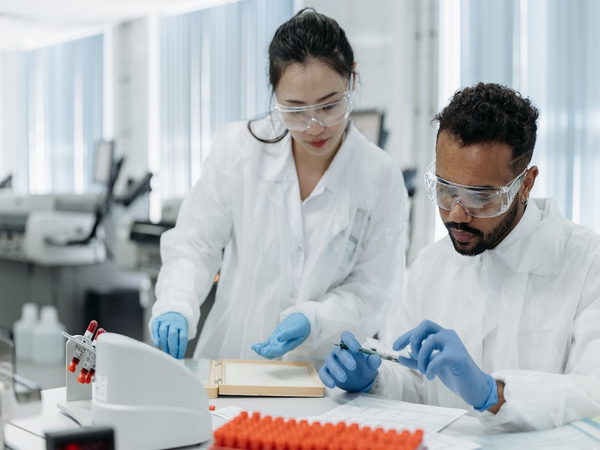
Vienna: The Medical University of Vienna's research has significantly advanced our knowledge of how humans perceive heat. A group of scientists has discovered a particular type of cell structure involved in heat recognition.
Nonetheless, the majority of heat's beneficial effects in daily life rely on other, as of yet unidentified components. Science Advances, a publication, reported the findings lately.
All living things have the basic defensive ability to sense heat. A group of scientists headed by Michael Fischer from the Centre for Physiology and Pharmacology at MedUni Vienna looked into the subject of how the human body detects dangerous heat.
In the study, 48 healthy test subjects were examined using a newly developed heat pain model in order to clarify the role of various cell components in heat perception. It was found that the perception of heat pain differs significantly from the way it works in mice, in which the cell structures TRPV1, TRPA1 and TRPM3 are redundantly responsible for heat perception and a role for ANO1 was also described. These are proteins that play an important role in detection of environmental and interal conditions.
It turned out that three of these four cell structures, which are responsible for recognising heat in mice, play no role in humans. By developing a new heat pain model and conducting the comprehensive study in humans, MedUni Vienna was able to rule out a contribution of TRPA1, ANO1 and TRPM3 to heat perception. The fourth structure, TRPV1, which is also responsible for the perception of spicy food, proved to be the most sensitive for recognising heat in humans.
Heat perception in humans not yet clarified
Thus, while TRPV1 remains as the central detector of noxious heat, interestingly, in humans the majority of protective heat avoidance in everyday life depends on other, as yet unknown, molecular mechanisms. This was shown when the inhibition of TRPV1 reduced pain at harmful temperatures, but the majority of heat-induced pain was still perceived.
"These findings open up new avenues in research into recognising and preventing heat damage and could lead to new therapies in the long term," explains study leader Michael Fischer.